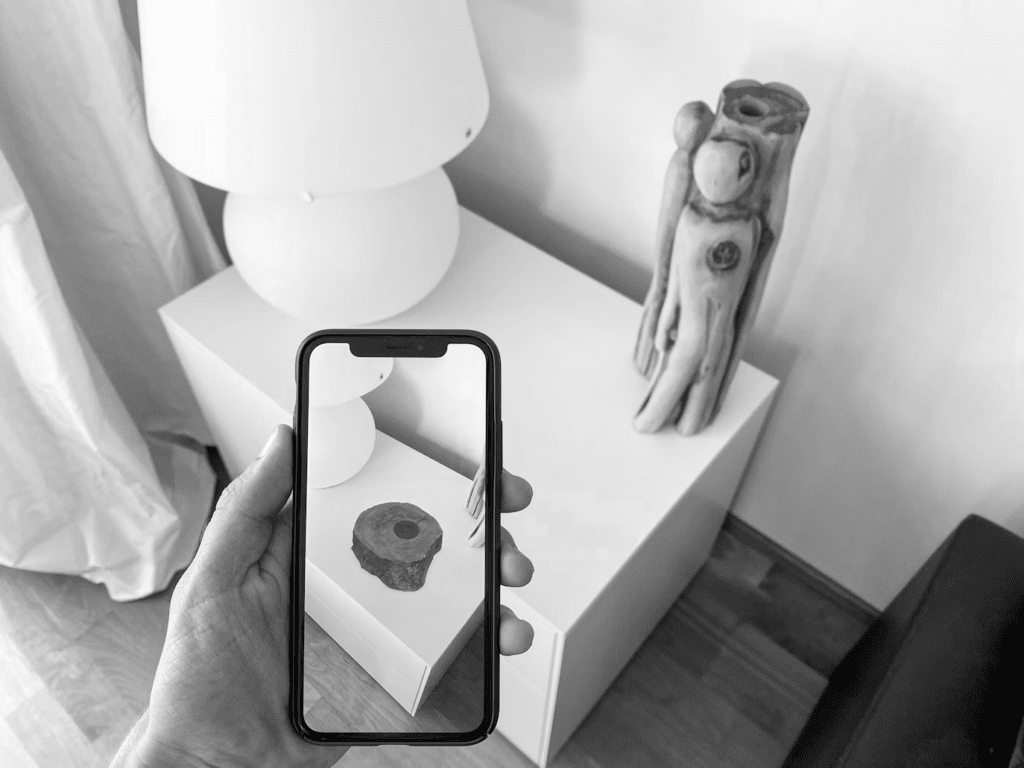In today’s rapidly evolving digital landscape, marketers are constantly seeking innovative ways to captivate audiences and create memorable brand interactions. Augmented Reality (AR) has emerged as a powerful tool in this pursuit, offering a unique opportunity to bridge the gap between online and offline experiences. By overlaying digital content onto the physical world, AR technology enables brands to engage consumers in immersive and interactive ways, transforming traditional marketing efforts into captivating journeys of discovery.
Augmented reality represents a paradigm shift in marketing, where static advertisements are replaced with dynamic, experiential encounters. Whether it’s through mobile apps, smart glasses, or AR-enabled devices, consumers can now engage with brands in ways that were previously unimaginable. From virtual try-on experiences in the fashion industry to interactive product demonstrations in retail stores, AR has the ability to bring products and services to life in ways that resonate with today’s tech-savvy consumers.
One of the key advantages of AR in marketing is its ability to blur the lines between the digital and physical worlds. Unlike virtual reality, which immerses users in entirely simulated environments, AR enhances the real-world environment by adding layers of digital information. This seamless integration allows consumers to interact with brands in familiar settings, making the experience feel more natural and intuitive.
For example, imagine walking down the street and seeing virtual storefronts spring to life before your eyes, showcasing the latest products and promotions. With AR-powered navigation apps, users can explore their surroundings while receiving real-time information about nearby businesses, events, and points of interest. This convergence of digital and physical realms creates endless opportunities for brands to connect with consumers in meaningful ways.
Moreover, AR enables marketers to deliver personalized experiences tailored to individual preferences and interests. By leveraging data analytics and machine learning algorithms, brands can analyze user behavior and deliver targeted AR content that resonates with specific audience segments. Whether it’s personalized recommendations based on past purchases or location-based promotions triggered by proximity sensors, AR allows brands to deliver hyper-relevant content that captures attention and drives engagement.
In addition to enhancing consumer engagement, AR also offers valuable insights into consumer behavior and preferences. Through built-in analytics tools, marketers can track user interactions, measure engagement metrics, and gain actionable insights into the effectiveness of their AR campaigns. This data-driven approach allows brands to refine their strategies, optimize content, and deliver more impactful experiences over time.
As we look to the future of marketing, it’s clear that augmented reality will play an increasingly integral role in shaping the way brands engage with consumers. By blurring the lines between online and offline experiences, AR has the potential to revolutionize the way we interact with the world around us, transforming everyday environments into immersive canvases for creativity and innovation.
In conclusion, augmented reality represents a powerful tool for marketers seeking to create immersive experiences that resonate with today’s digitally empowered consumers. By leveraging AR technology, brands can bridge the gap between online and offline experiences, delivering memorable interactions that captivate audiences and drive results. As technology continues to evolve, the possibilities for AR in marketing are limited only by our imagination.






